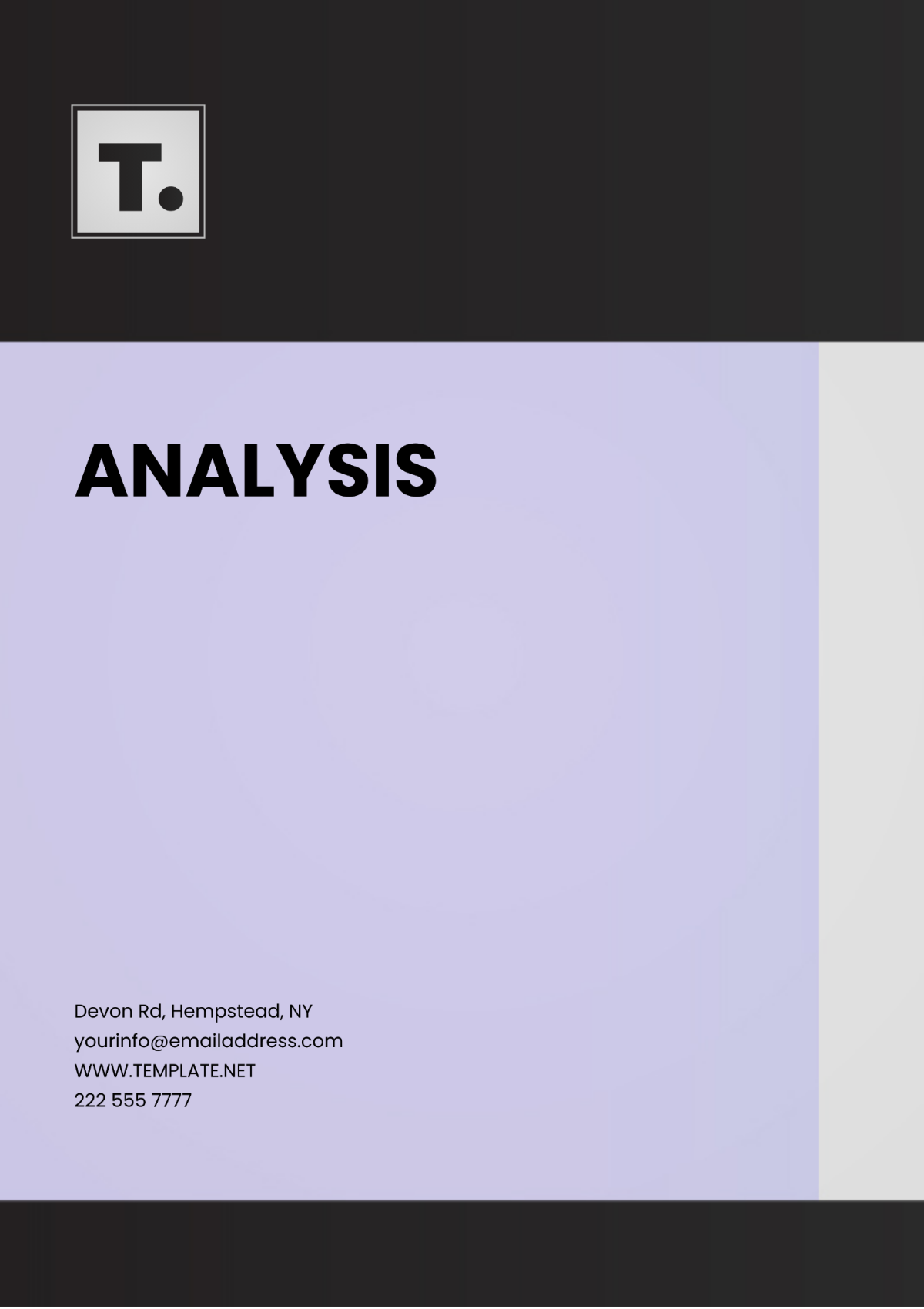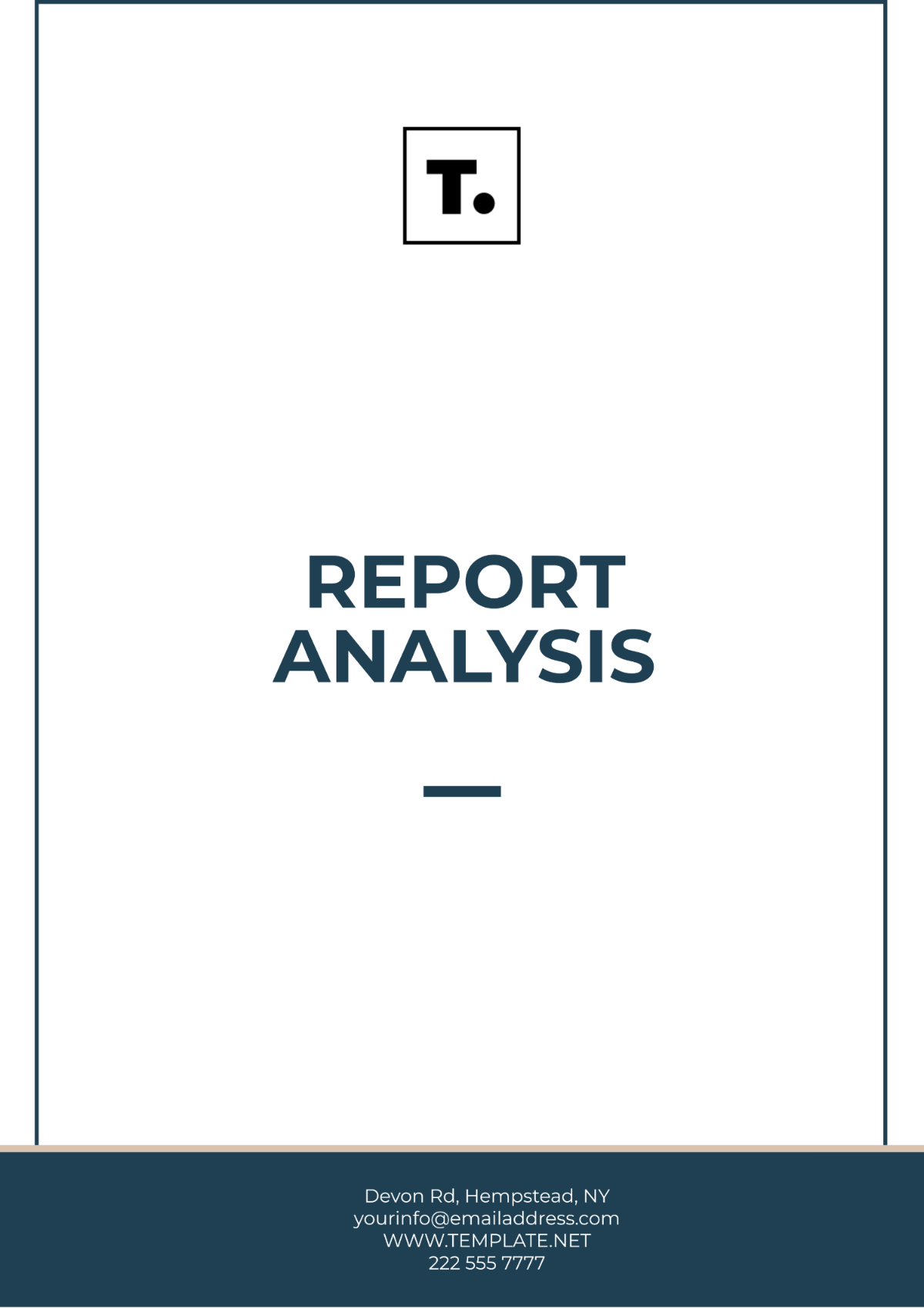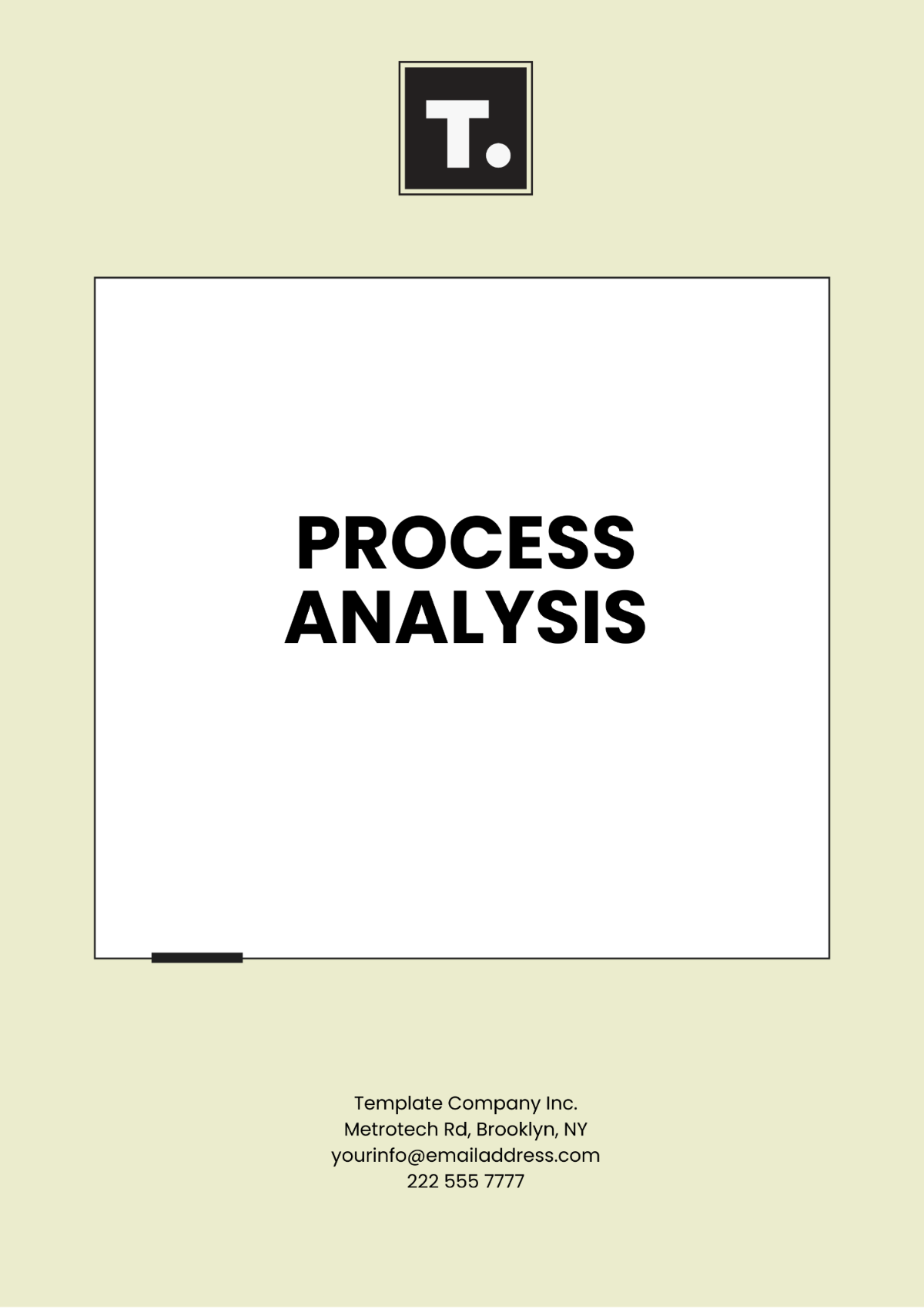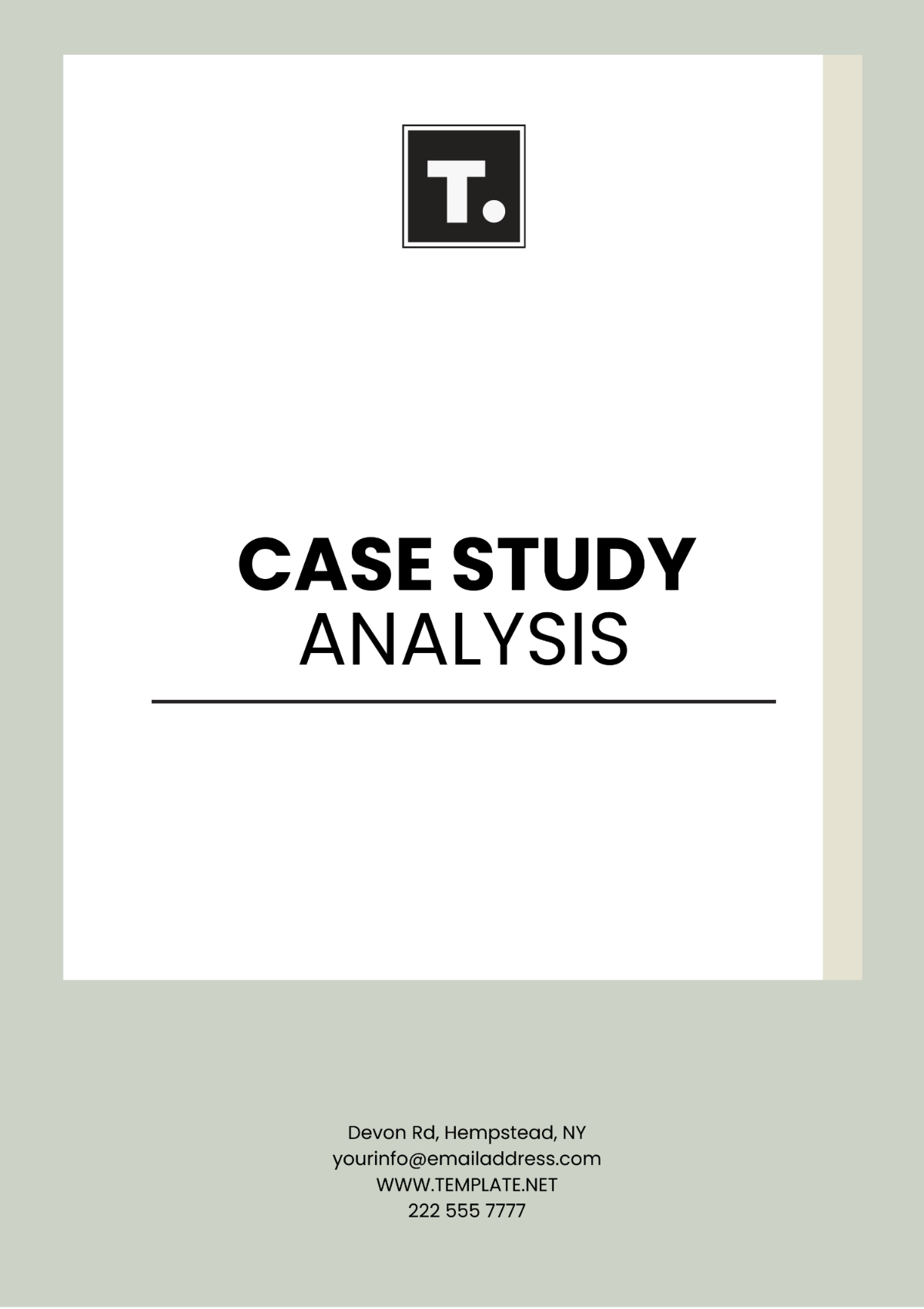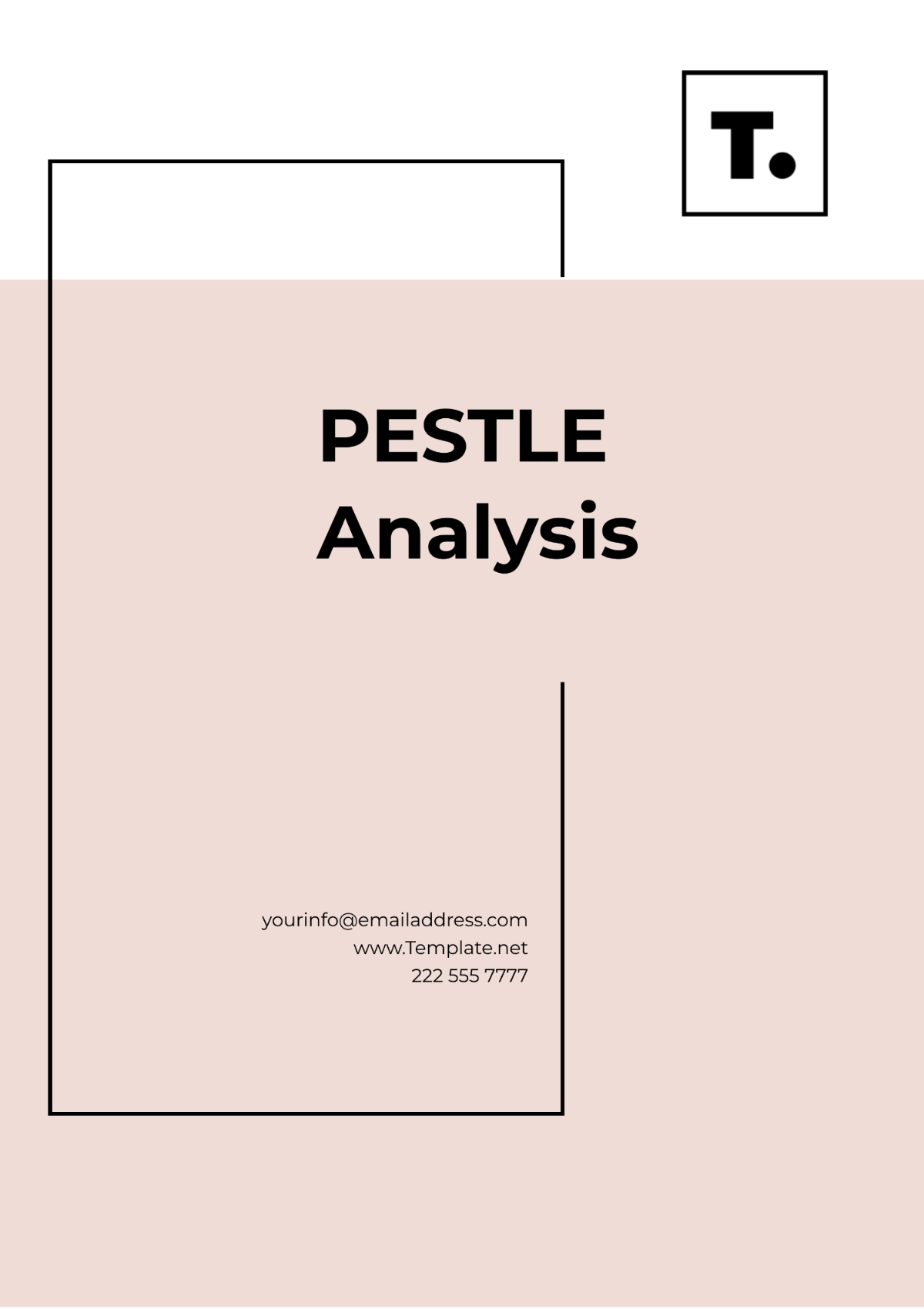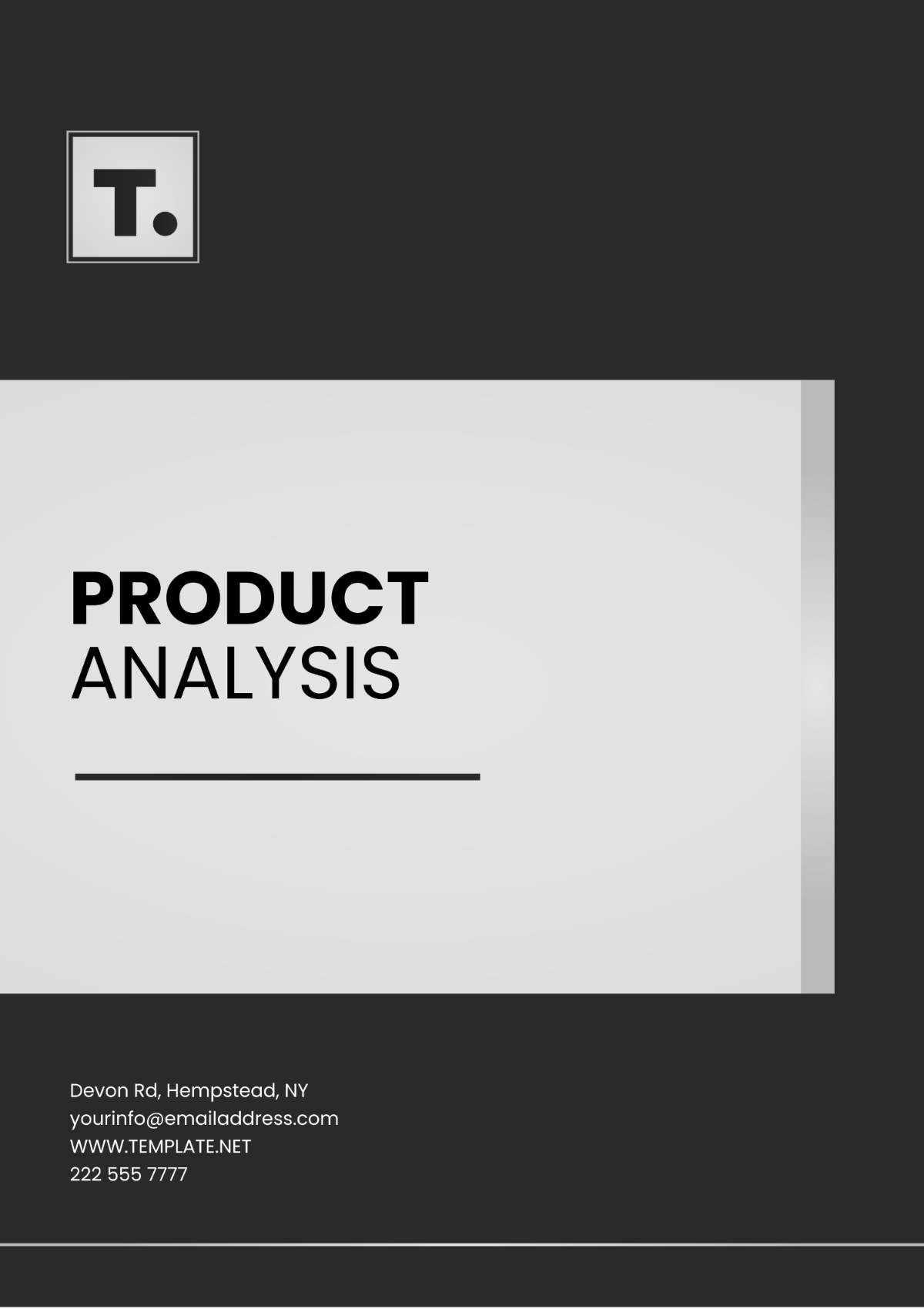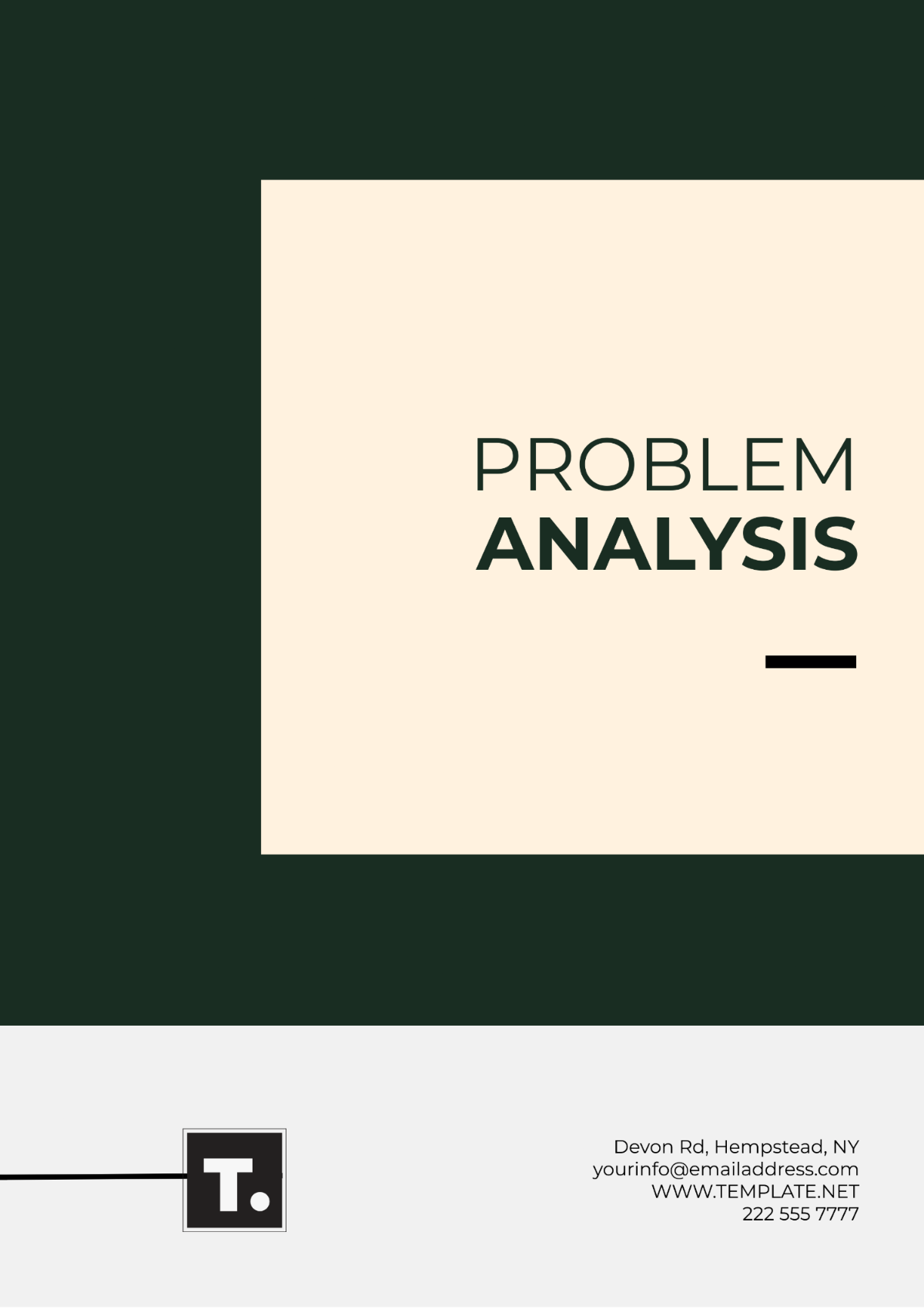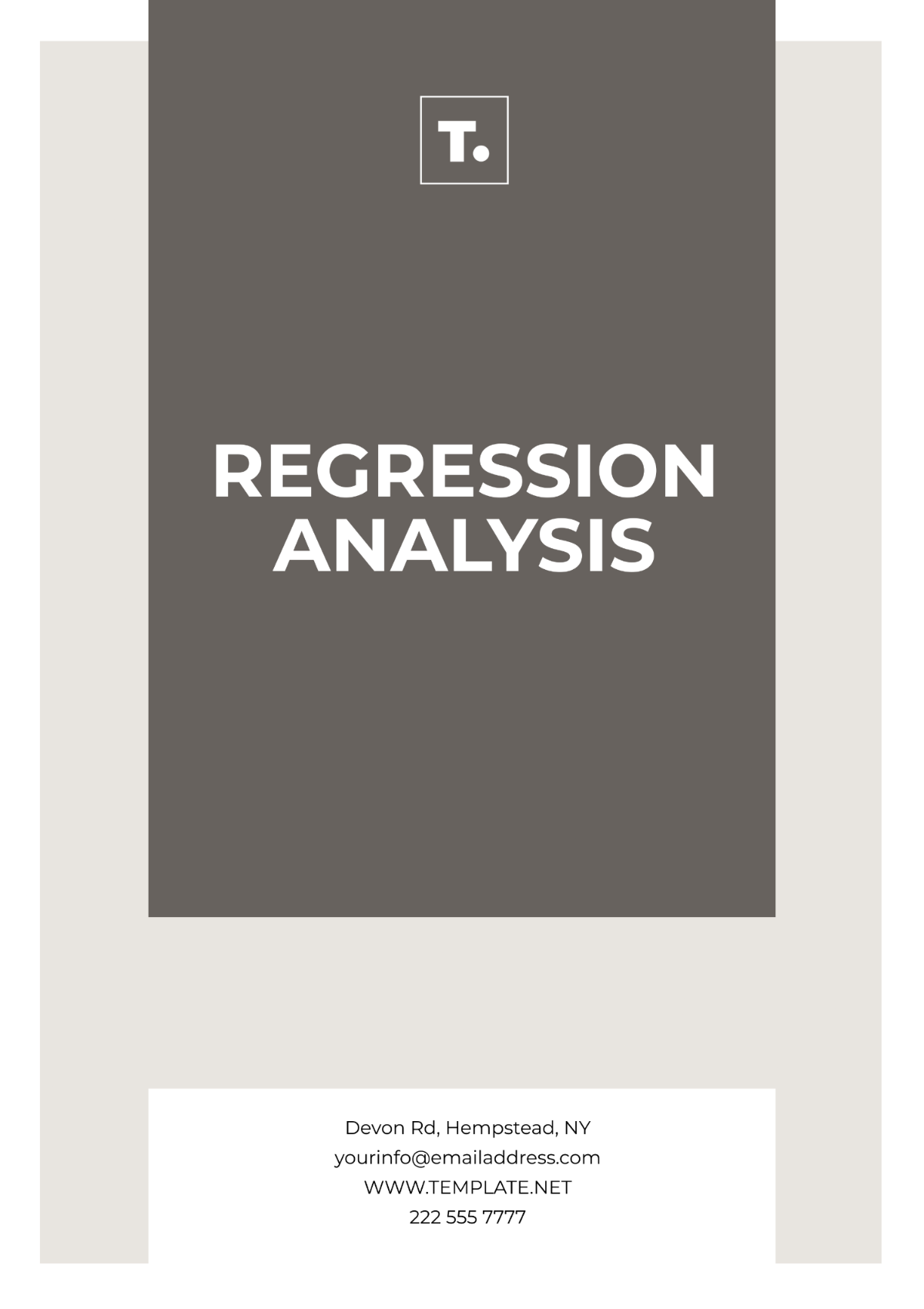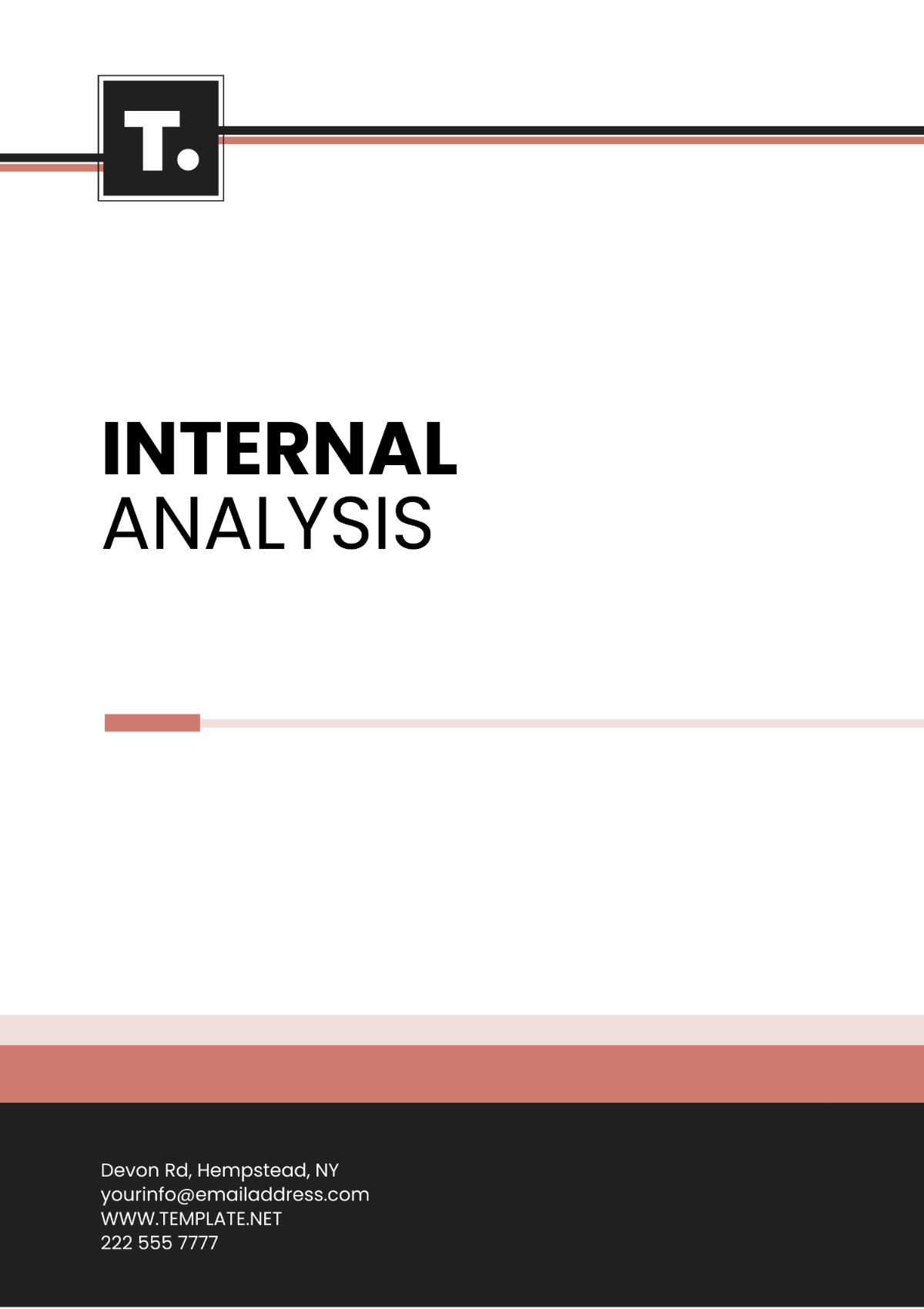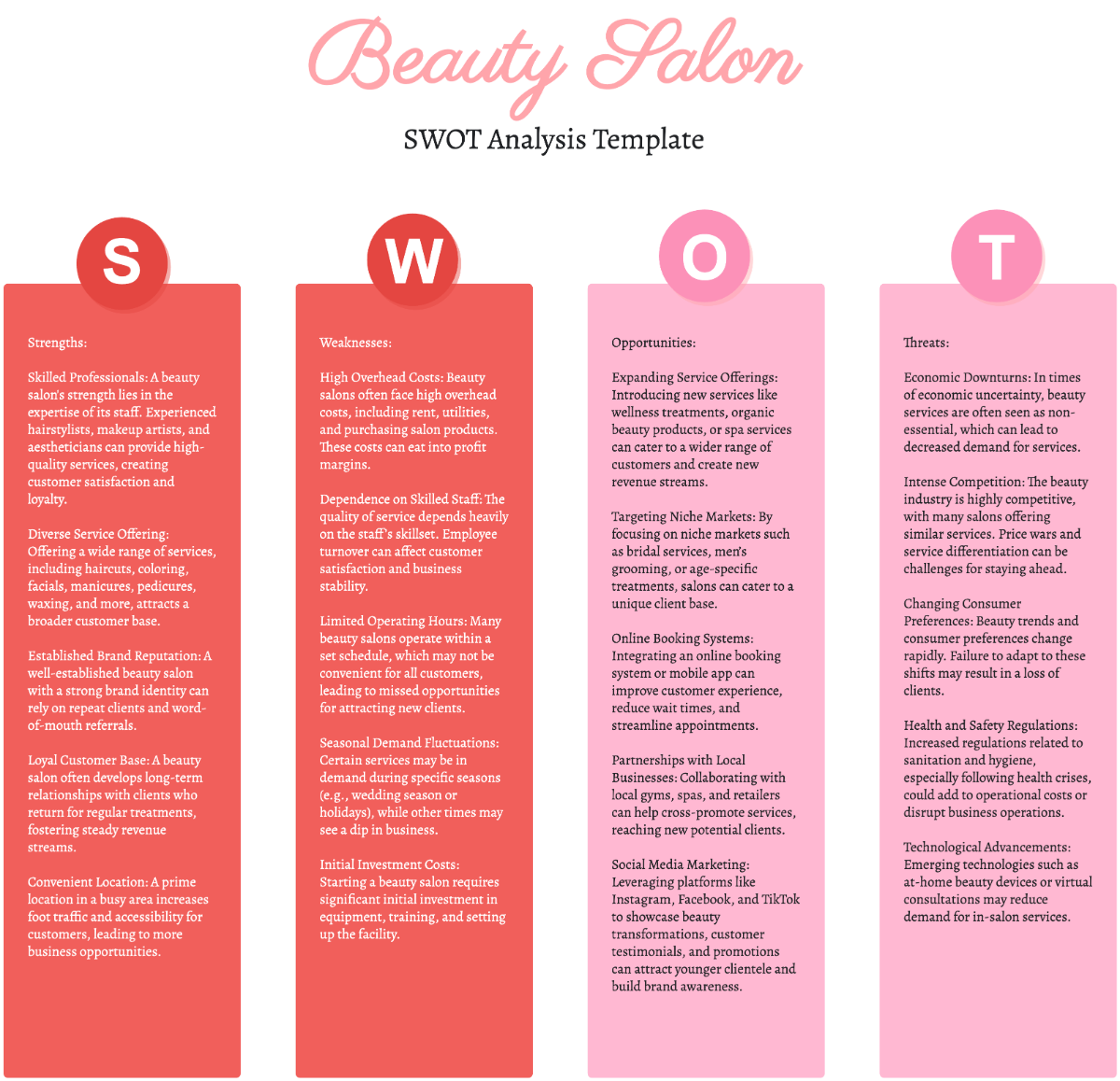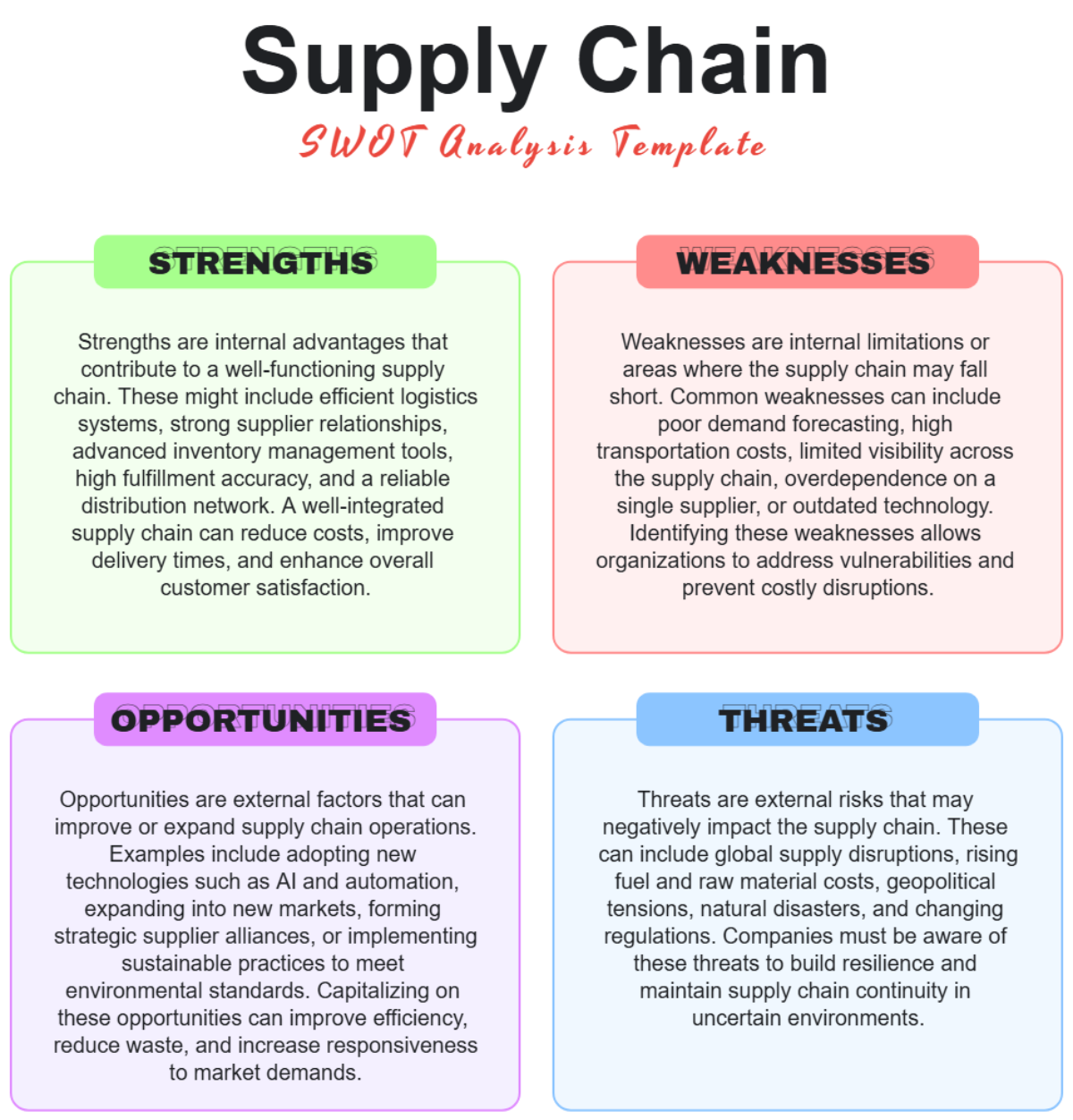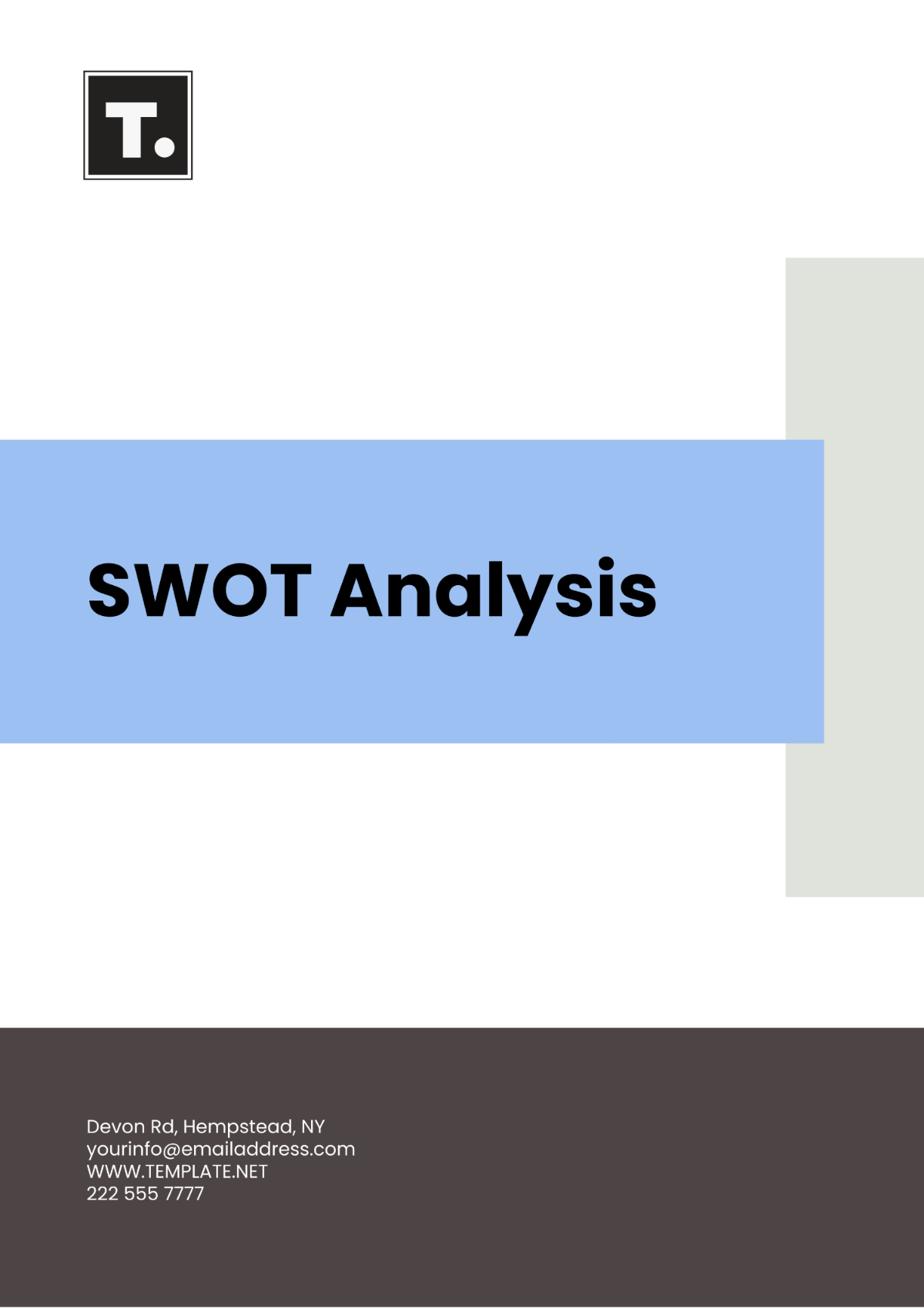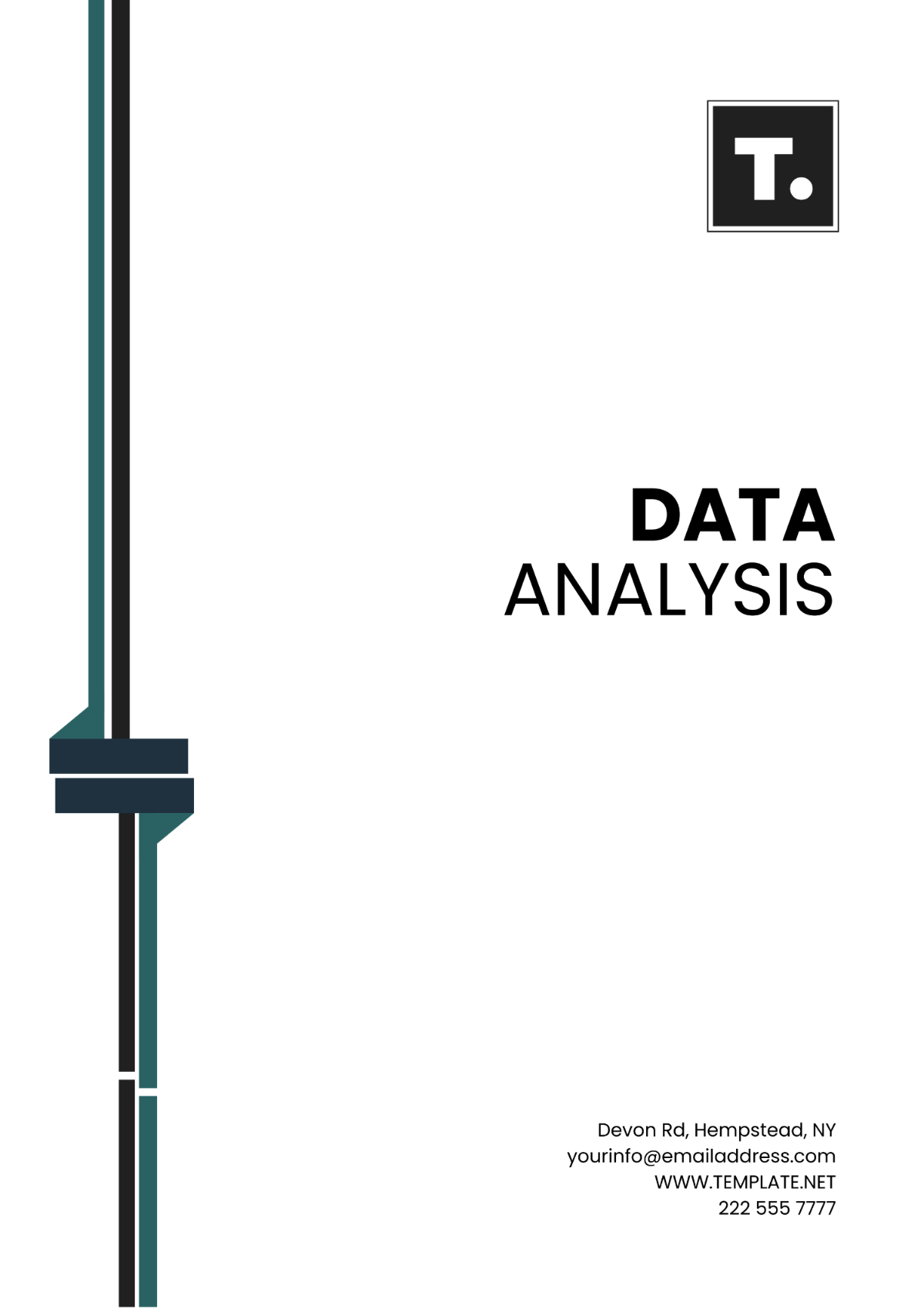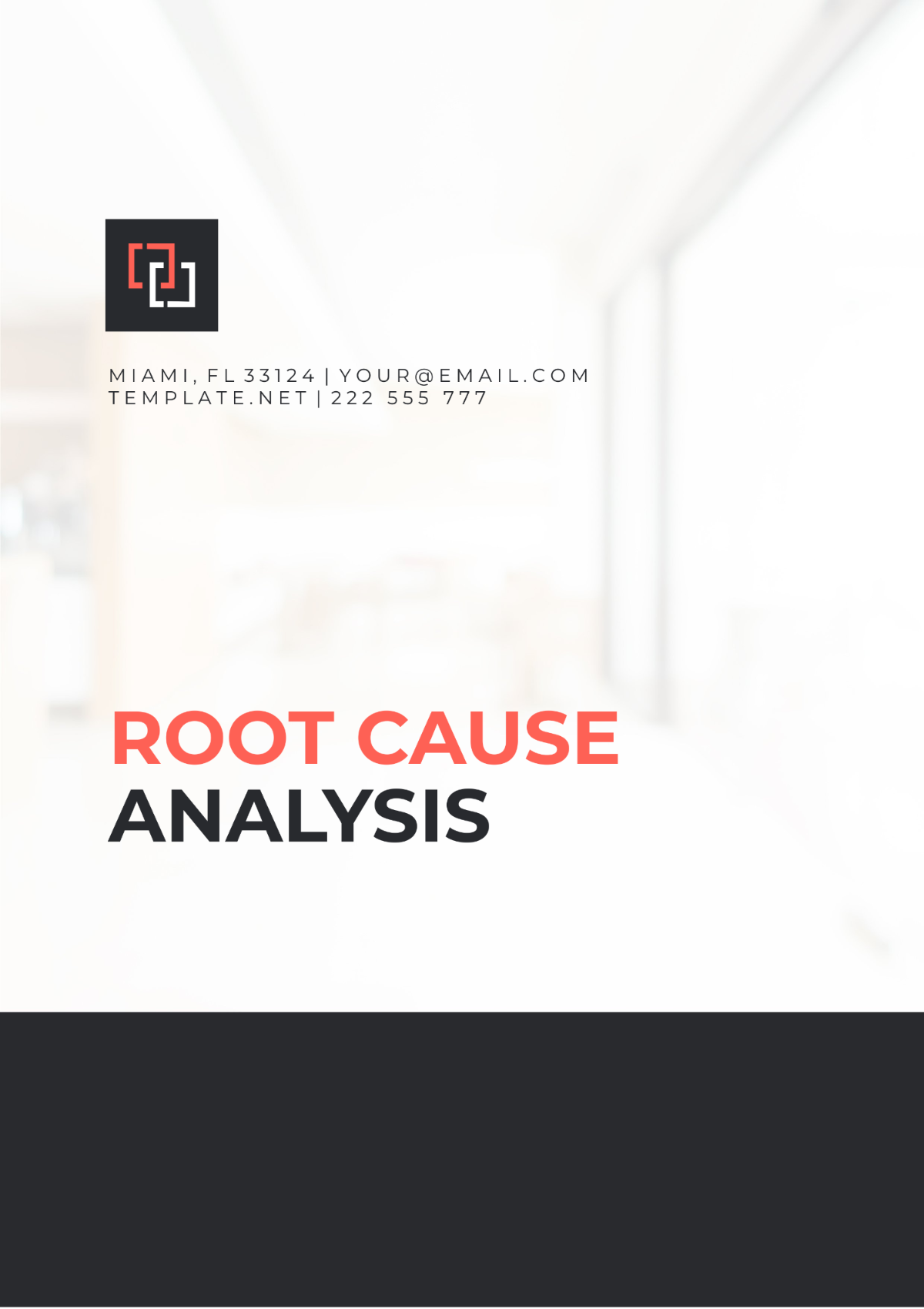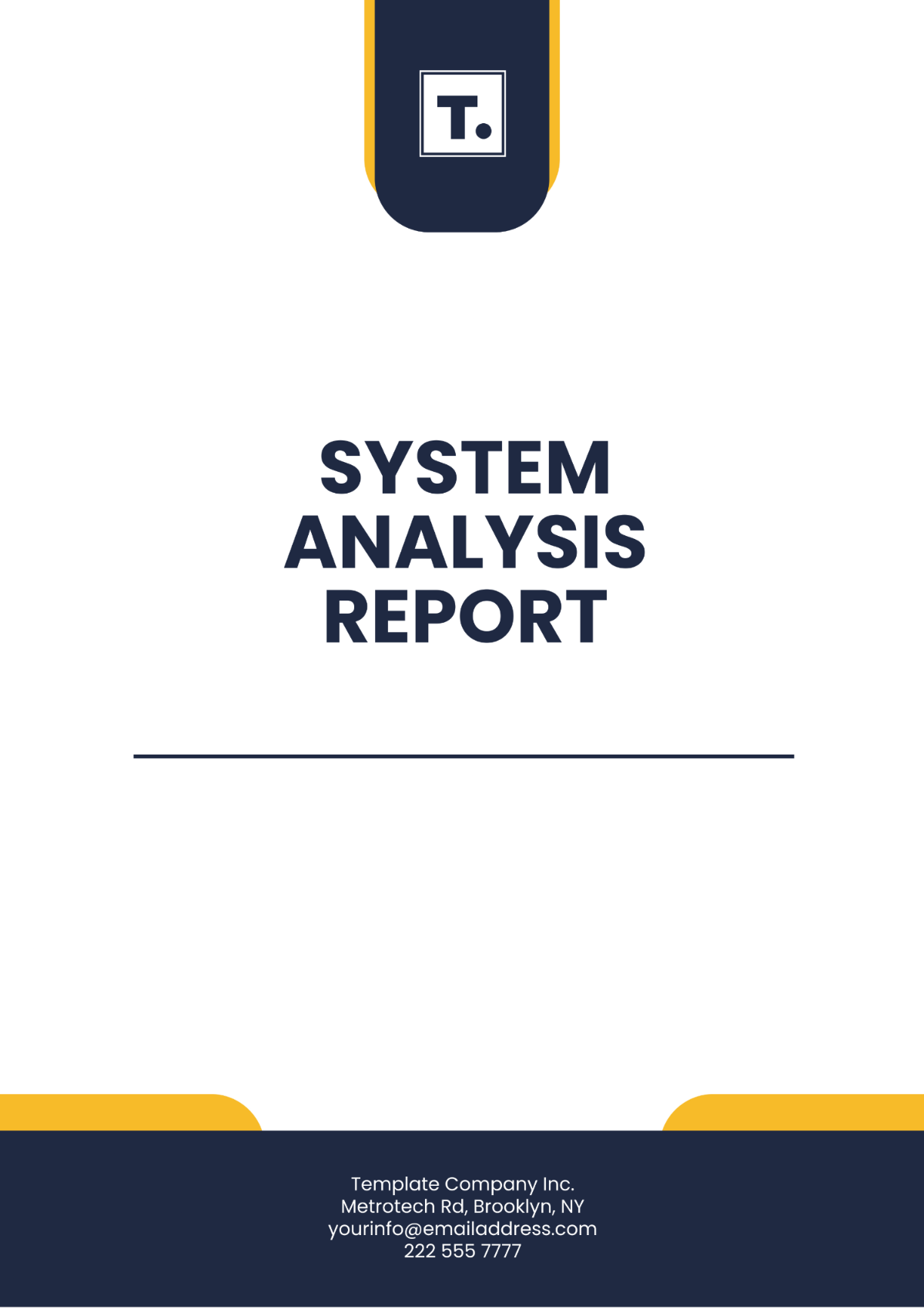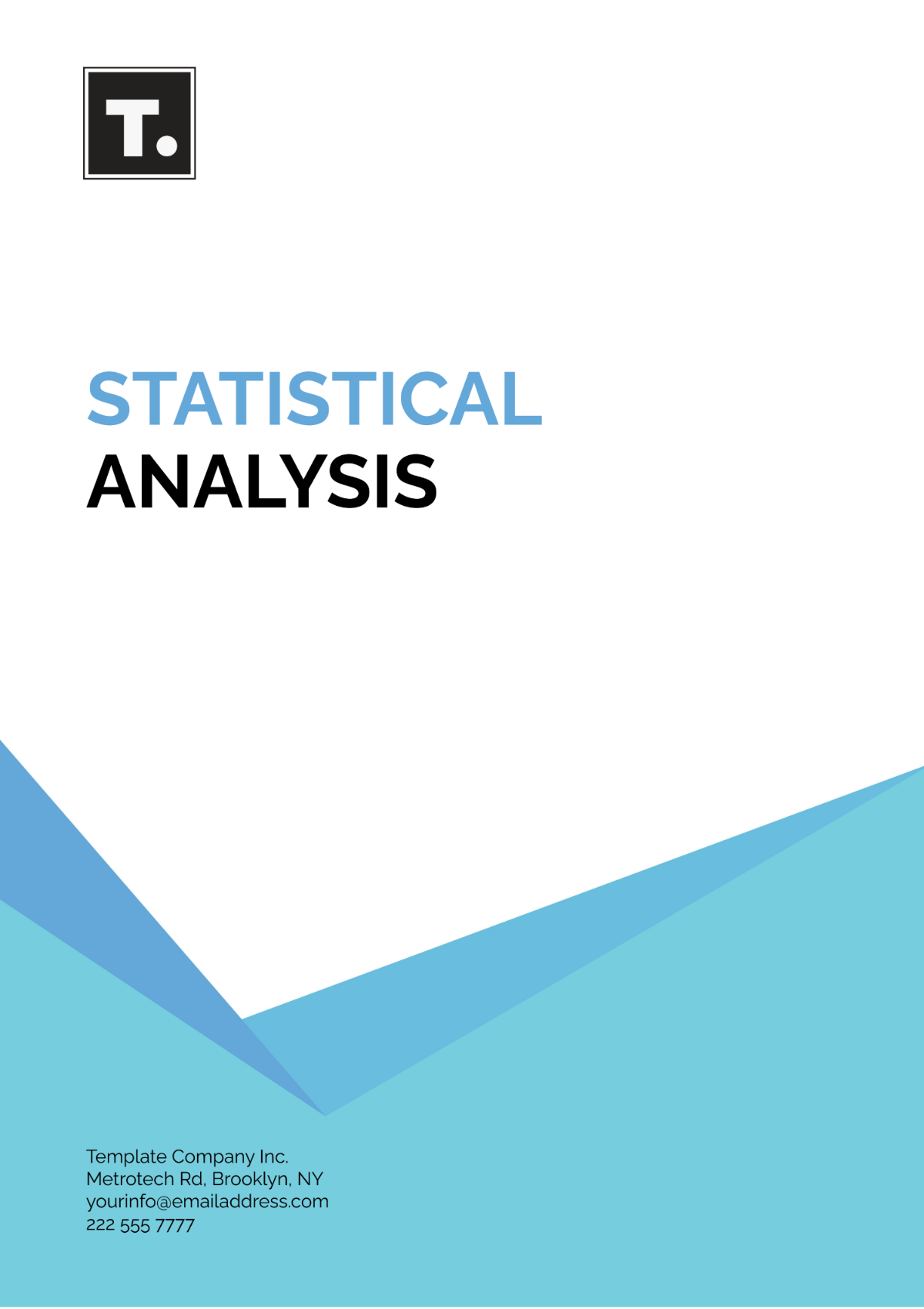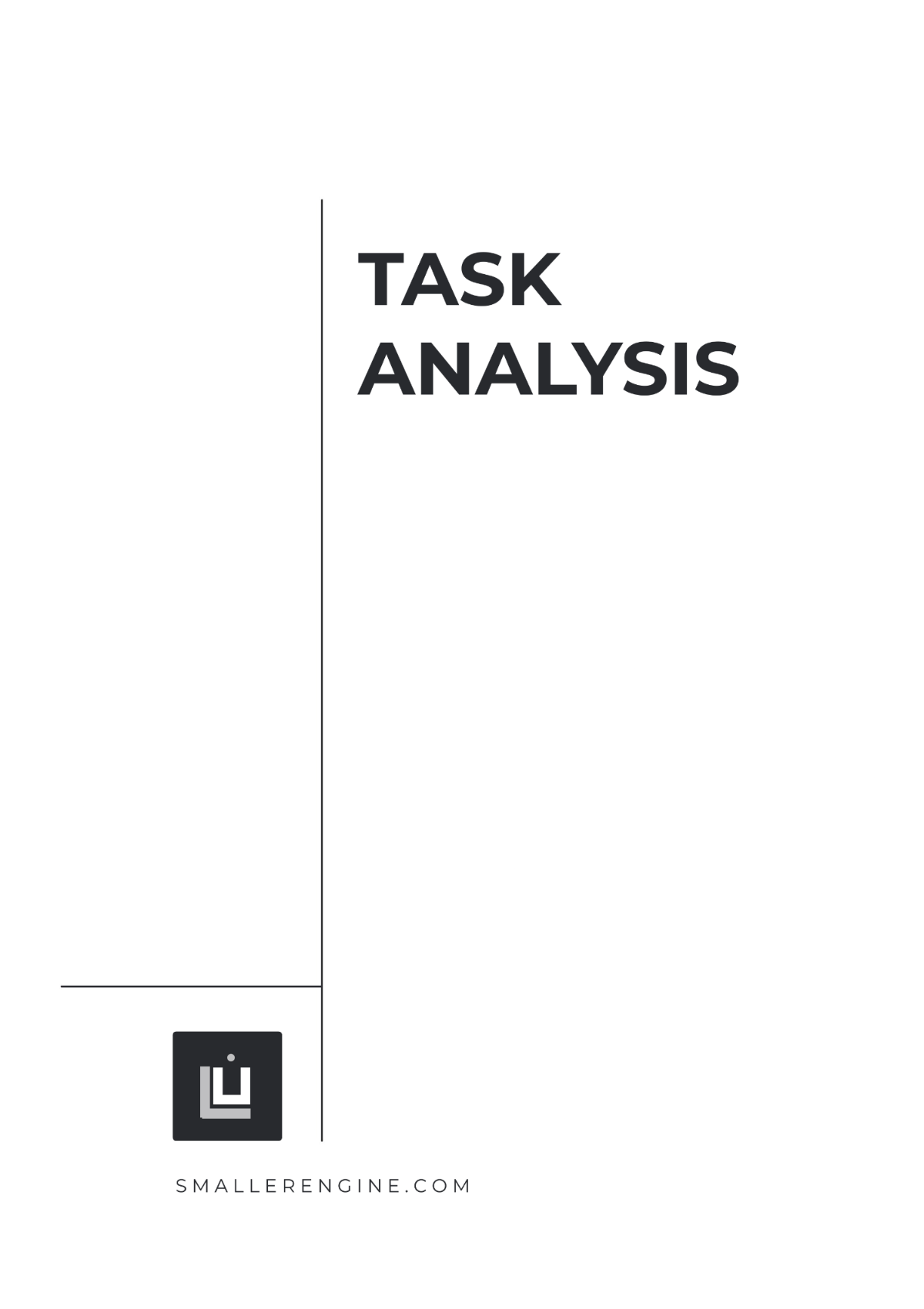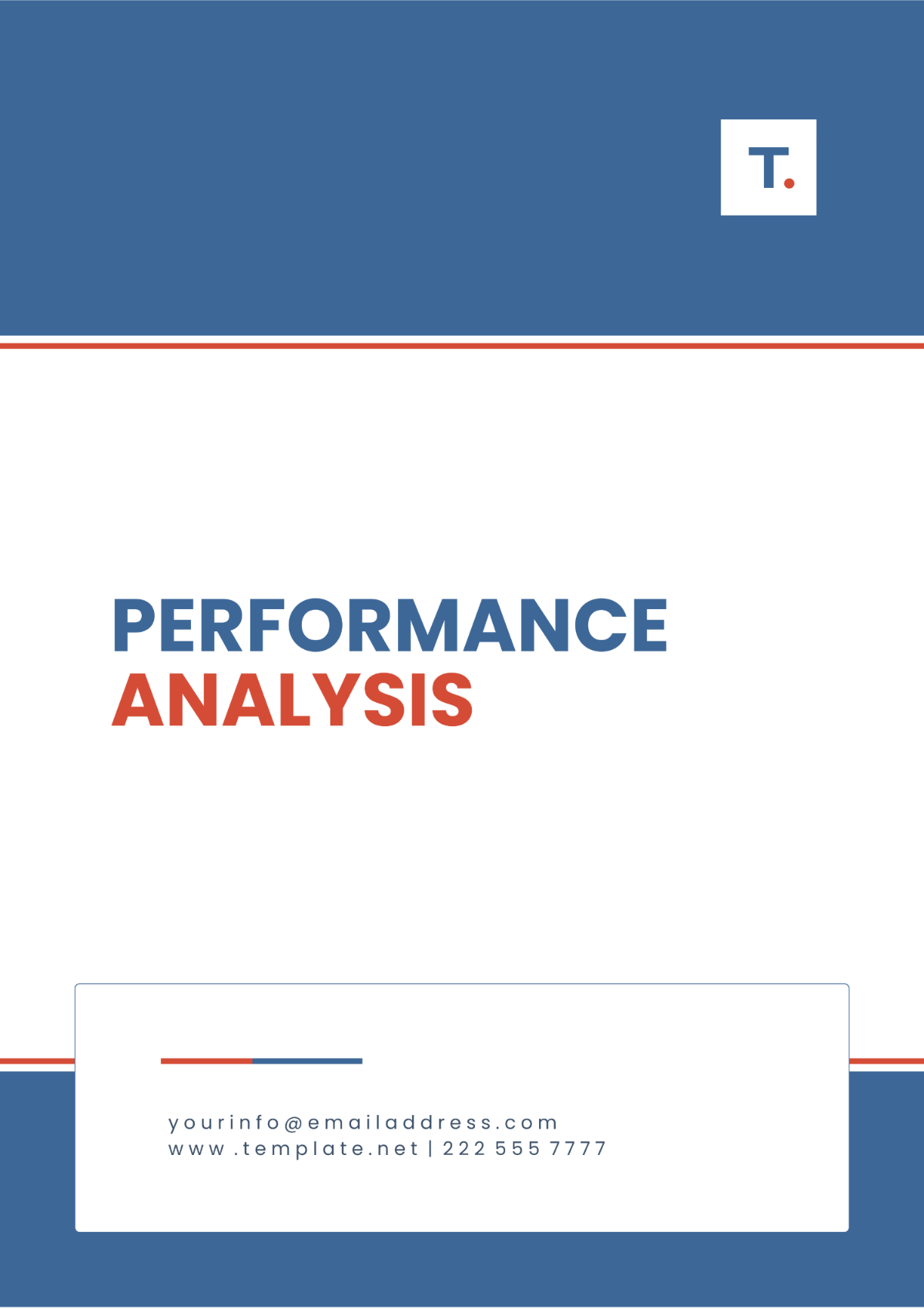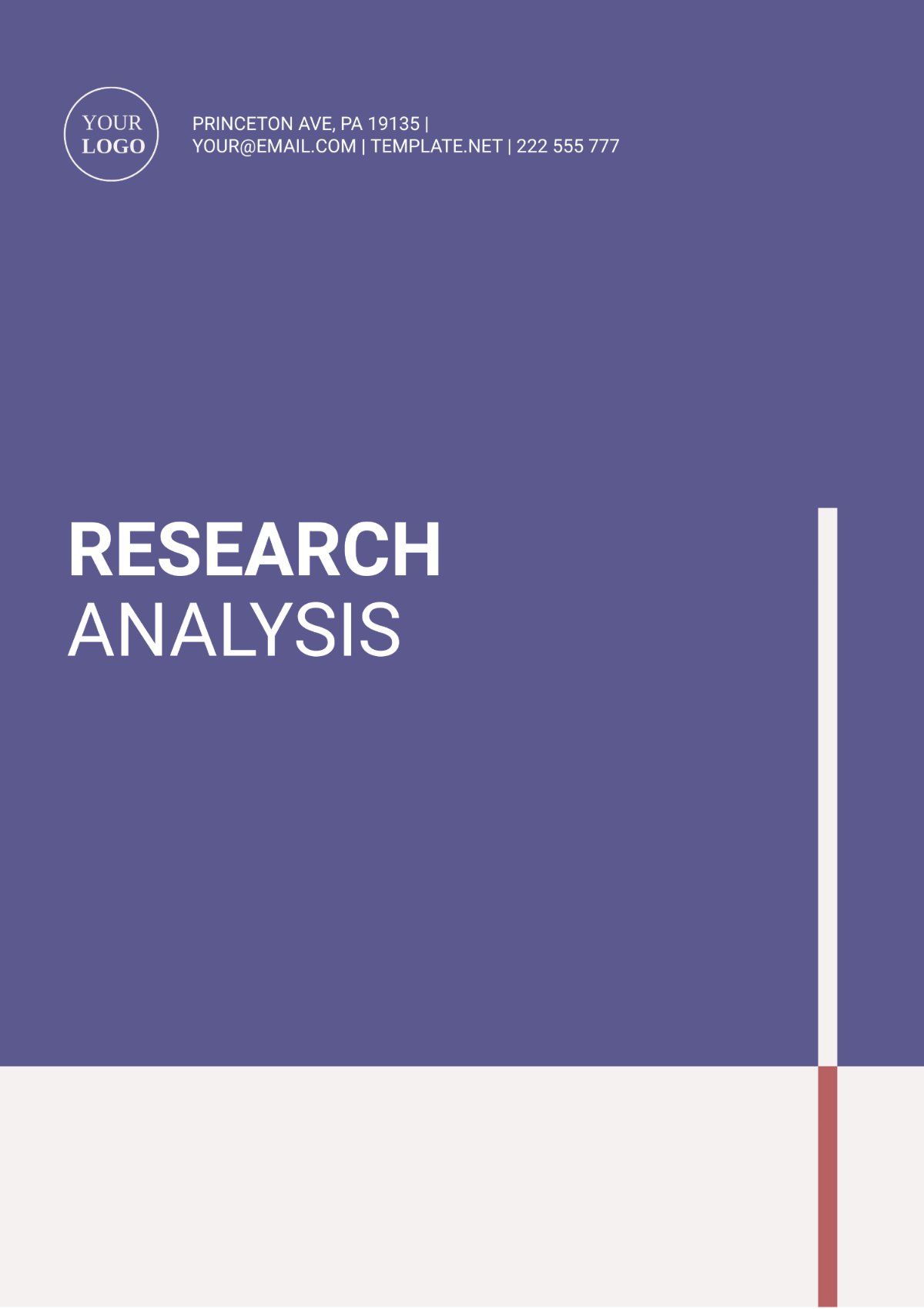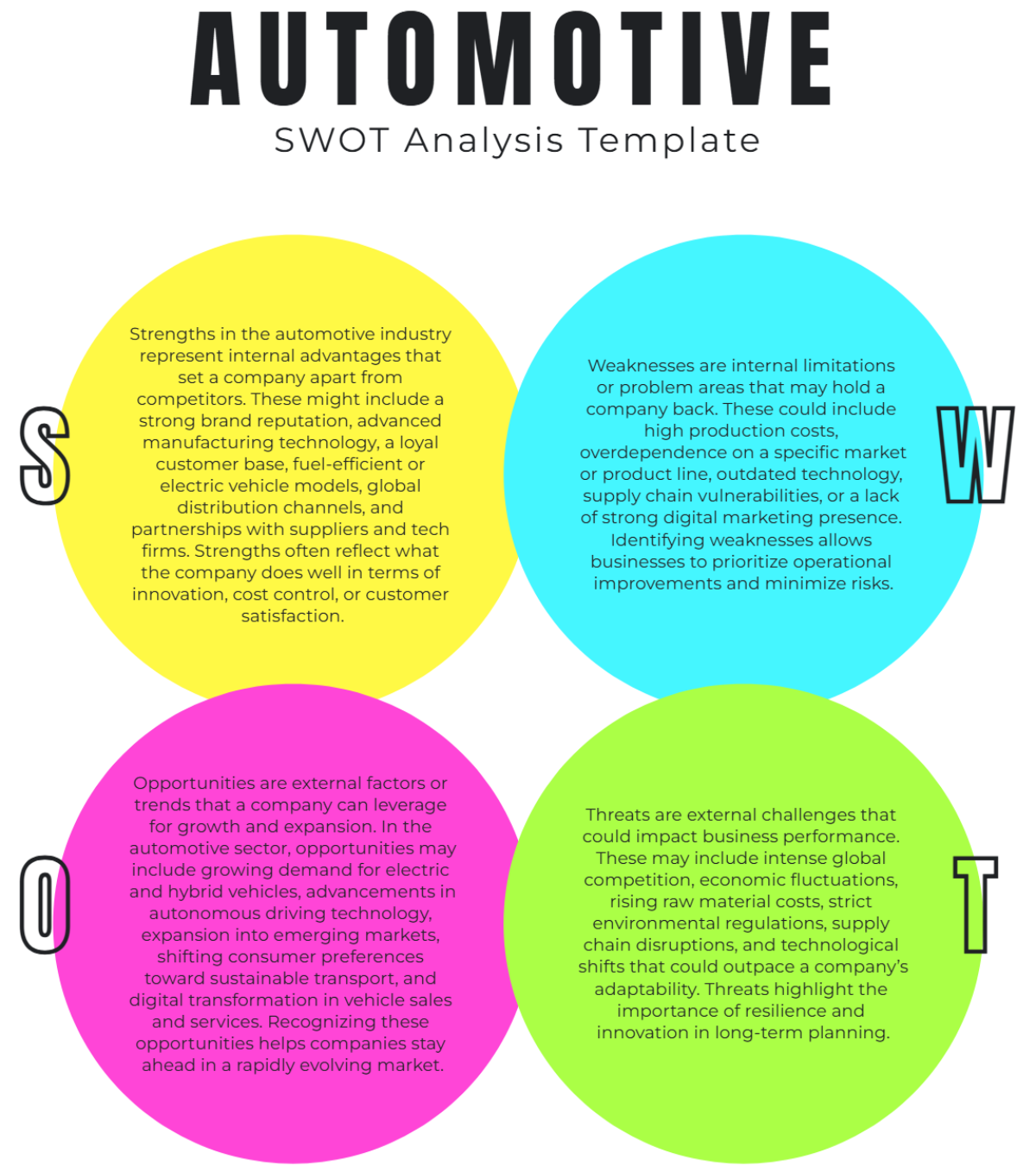Free Laboratory Analysis Chapter Outline Template
Laboratory Analysis Chapter Outline
Prepared By: [Your Name]
1. Introduction
Purpose of the Laboratory Analysis
This analysis evaluates the effectiveness of the Model X100 filtration system in removing contaminants from water samples. The goal is to determine whether this filtration system complies with safety standards for potable water, ensuring it provides safe drinking water.
Overview of Experiments Conducted
The study comprised three primary experiments:
Microbial contamination testing
Measurement of total dissolved solids (TDS)
Assessment of chemical contaminant levels
Hypotheses and Objectives
Hypothesis: The Model X100 filtration system will significantly reduce microbial contamination, TDS, and chemical contaminants compared to untreated water.
Objectives: To quantify the reduction in contaminants and evaluate the filtration system’s performance against established safety limits.
2. Materials and Methods
Materials
Reagents and Chemicals:
Nutrient Agar Plates (for microbial testing)
Standard solutions for TDS and chemical contaminants
Sterile water and sample containers
Equipment and Instrumentation Used:
Model X100 Filtration System
UV Spectrophotometer (for TDS and chemical analysis)
Incubator (for microbial culture)
Pipettes and analytical balances
Methods
Experimental Procedures:
Water samples were collected from tap, river, and well water.
Samples were split into two groups: Model X100-treated and untreated controls.
Microbial contamination was assessed using nutrient agar plates.
TDS was measured with a UV spectrophotometer.
Chemical contaminant levels were analyzed using standard calibration curves.
Sample Preparation:
Samples were filtered using the Model X100 per the manufacturer's guidelines.
Control samples remained untreated.
Analytical Techniques:
Microbial counts were recorded following a 48-hour incubation period.
TDS levels were determined by measuring absorbance at specific wavelengths.
Chemical contaminants were quantified using established methods.
Safety and Precautions:
Laboratory personnel wore appropriate PPE (gloves and safety goggles).
Reagents were handled following safety data sheets.
Waste disposal adhered to laboratory protocols.
3. Data Collection
Sample Description
Source and Type of Samples:
Tap water: Collected from a residential faucet.
River water: Collected from a local river.
Well water: Collected from a private well.
Collection and Storage Methods:
Samples were collected in sterile bottles and stored at 4°C until analysis.
Data Recording
Types of Data Recorded:
Microbial colony counts (CFU/mL)
TDS levels (ppm)
Chemical contaminant concentrations (mg/L)
Data Entry Procedures:
Data were initially recorded manually and subsequently entered into an electronic spreadsheet for analysis.
Experimental Conditions
Environmental Conditions:
Temperature: 22°C ± 2°C
Humidity: 45% ± 5%
Special Conditions:
Filtration was conducted under controlled laboratory conditions to ensure consistency.
4. Data Analysis
Data Processing
Statistical Methods and Software Used:
Descriptive statistics were computed using SPSS software.
Inferential statistics (t-tests) were used to compare treated and control samples.
Data Transformation and Normalization:
Data were normalized to account for variations in sample volume.
Results Presentation
Tables and Figures:
Table 1: Microbial Counts Before and After Filtration
Figure 1: TDS Levels in Treated vs. Untreated Samples
Figure 2: Chemical Contaminant Levels
Graphical Representation of Data:
Bar graphs and pie charts illustrated reductions in contaminants.
Interpretation of Results:
Comparison with expected results showed that the filtration system met the criteria for reducing microbial counts to below 10 CFU/mL and TDS reduction of at least 50%.
Analysis indicated significant reductions in microbial counts and TDS.
5. Results
Descriptive Statistics
Microbial Counts:
Control: 250 CFU/mL
Treated: 5 CFU/mL
TDS Levels:
Control: 500 ppm
Treated: 220 ppm
Inferential Statistics
Hypothesis Testing Results:
t-test results revealed a statistically significant reduction in microbial counts (p < 0.01).
Confidence Intervals:
95% CI for TDS reduction: 250 to 300 ppm
Key Findings
The filtration system effectively reduced microbial contamination and TDS, aligning with safety standards for potable water.
6. Discussion
Interpretation of Results
The results validate that the Model X100 filtration system is effective in reducing contaminants to safe levels.
Comparison with Literature
The findings are consistent with previous studies on similar filtration technologies.
Limitations
Variability in source water quality could influence results.
Suggestions for Future Research
Further research could explore the long-term performance and cost-effectiveness of the filtration system.
7. Conclusion
Summary of Key Results
The Model X100 filtration system significantly enhanced water quality by reducing microbial counts and TDS.
Overall Significance of the Analysis
The filtration system meets essential safety standards for drinking water.
Final Remarks
The Model X100 represents a viable option for improving water quality across diverse applications.
